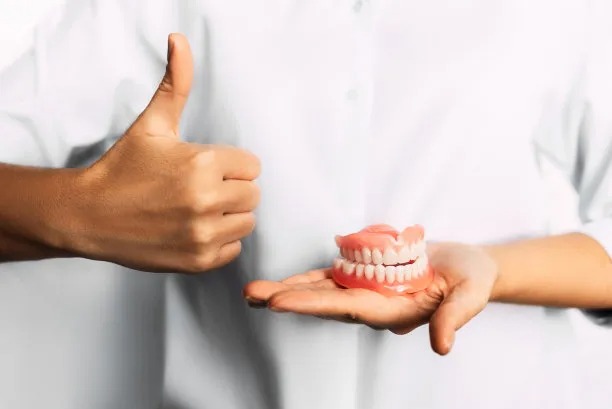Revolutionizing Smiles The Comprehensive Guide to Understanding Dental Implant Treatment Options and Benefits
Summary: Dental implants have revolutionized oral health by providing a permanent solution for missing teeth. This comprehensive guide explores treatment options and their numerous benefits, offering insights into the process from initial consultation to post-operative care. We delve into the types of implants available, the advantages they present over traditional restoration methods, the factors influencing successful outcomes, and tips for long-term maintenance. Understanding these aspects can empower patients to make informed decisions about their oral health and enhance their quality of life through restored smiles.
1. Understanding Different Types of Dental Implants
Dental implants primarily fall into two categories: endosteal and subperiosteal. Endosteal implants are the most common, featuring a titanium post inserted directly into the jawbone. They serve as anchors for replacement teeth, making them a sturdy and reliable option. In contrast, subperiosteal implants are placed under the gum tissue but on or above the jawbone. These are generally used for patients with minimal bone height.
Patients often have a choice between single-tooth implants, multiple-tooth implants, or even full mouth restorations. Single-tooth implants allow for targeted replacement without affecting adjacent teeth. For those missing multiple teeth, implant-supported bridges or dentures can provide a more comprehensive solution.
With advancements in dental technology, newer implant types include zygomatic implants that are anchored in the cheekbone, offering solutions for patients with severe bone loss. These options enable even more individuals to benefit from implant therapy.
2. Advantages of Dental Implants Over Other Treatments
One of the primary advantages of dental implants is their durability. Unlike traditional dentures or bridges, which may need frequent replacements or adjustments, implants are designed to last for many years, often a lifetime with proper care. This longevity makes them a cost-effective solution in the long run.
Moreover, implants do not compromise the neighboring teeth. Traditional bridges require the alteration of adjacent teeth, potentially leading to further dental issues. In contrast, implants stand alone and preserve the natural tooth structure. They also help maintain the integrity of the jawbone, preventing the bone loss that often accompanies missing teeth.
Aesthetically, dental implants closely mimic the look and feel of natural teeth. They can restore not only the functionality of biting and chewing but also the confidence that comes from having a complete smile. Patients frequently report higher satisfaction levels with their appearance post-implant treatment.
3. Factors Influencing Successful Implant Outcomes
Several factors contribute to the success of dental implants, with one of the most crucial being the patients overall health. Conditions like diabetes or osteoporosis can compromise healing and integration within the bone. Therefore, a thorough medical evaluation is essential prior to undergoing the procedure.
Bone density and quality also play a pivotal role. Sufficient bone mass is necessary to securely support the implant. In cases of inadequate bone, pre-surgical procedures such as bone grafting may be required to enhance implant placement success.
Additionally, a patients oral hygiene habits significantly influence the long-term success of implants. Regular dental care, including professional cleanings and at-home oral hygiene practices, are vital in preventing infection and maintaining health post-treatment.
4. Long-Term Care and Maintenance of Dental Implants
Once dental implants are successfully placed, proper care is essential for longevity. Routine dental visits are crucial for monitoring the health of the implant and surrounding gum tissue. A dental professional can detect any early signs of complications such as peri-implantitis, which is crucial for timely intervention.
At-home care routines should include thorough brushing and flossing techniques designed for dental implants. Specialized products like interdental brushes or special floss can help maintain cleanliness around the implant site.
A healthy lifestyle also contributes positively to the longevity of dental implants. Avoiding tobacco products and maintaining a balanced diet can significantly enhance healing and overall oral health, ensuring that patients enjoy the full benefits of their dental implants for many years.
Summary:
This article outlines the transformative role of dental implants in modern dentistry, detailing the types of implants available, their advantages over traditional options, factors impacting implant success, and the importance of long-term maintenance. Such insights empower patients to make informed decisions, ultimately leading to improved oral health and quality of life.
This article is compiled by Vickong Dental and the content is for reference only.



